Cappadocia: A Fairytale Landscape
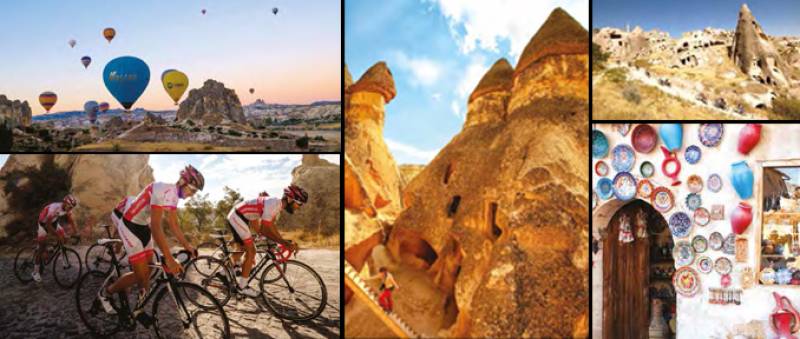
To find another place quite like Cappadocia is nearly impossible. If you’re interested in mountain biking like me, it means you’ve found a bicycle
route in this unique and soulful mix of nature, culture and history. Somewhere around 20 odd years ago, that was when the Cappadocia magic first cast its spell over my imagination. It was a photographer friend who first showed me these ‘Hobbit like’ photos he had taken on a trip to the region. His eyes lit up as he recounted tall tales of fairy chimneys, cave dwellers and mused over the great potential for mountain biking.
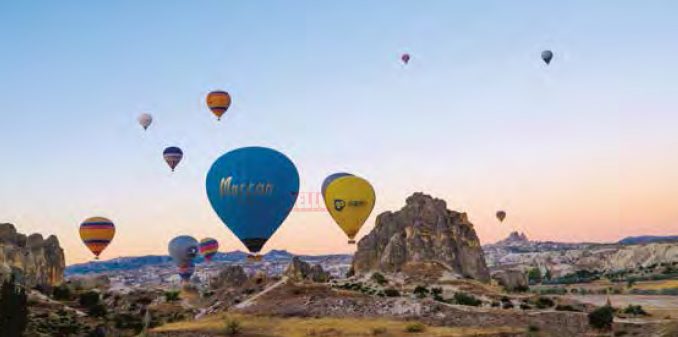
Without the benefits of the Internet my research on Cappadocia fell woefully short, and plans for seeking it out were sidelined, until four years ago, when a chance encounter at the Tour of Turkey cycle race led me to a dusty and windswept evening arrival in Uçhisar. Even through the chilled haze of that dusk hour, I knew that there was an indefinable charisma about this place, and like so many things unseen it took a hold inside of me, and has drawn me back several times since then, and will continue to do so. Legends of this semi-arid landscape, with a volcanic ancestry, date back well
more than 2000 BC. It has been occupied, ruled, fought over and cherished by many an ancient culture and civilizations through the centuries, all leaving distinct marks on both the landscape and culture of Cappadocia, which reflects directly on just about every aspect of daily life here. Central Anatolia effectively divides the Eastern world from the West, and with Cappadocia being situated right in its middle it’s not hard to imagine just why the area became so diverse and important in so many different ways. As an ancient and long standing cultural melting pot and trading post the region also became a place where many civilizations and religious groups sought out sanctuary, which is how the areas famous cave sites and underground
towns came to be. They were safe havens in a harshly and naturally guarded landscape, which made for very tolerant, appreciative and hardy people. ‘Cappadocia is a place that has hosted tens of civilizations, and where East meets West,’ Abdullah Güney, owner of the Kale Konak Hotel in Uçhisar tells me. ‘You can sense all of these cultures at the same time, which is what makes the area and people so different to anywhere else in Turkey.’
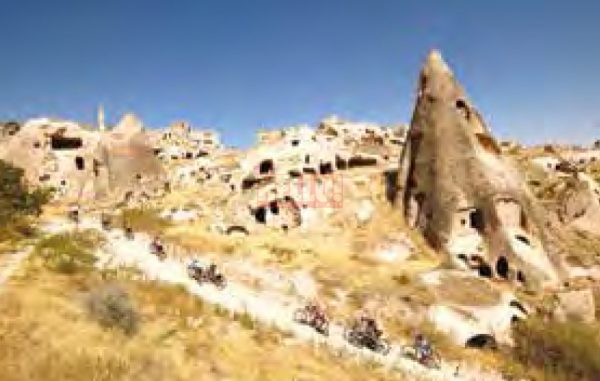
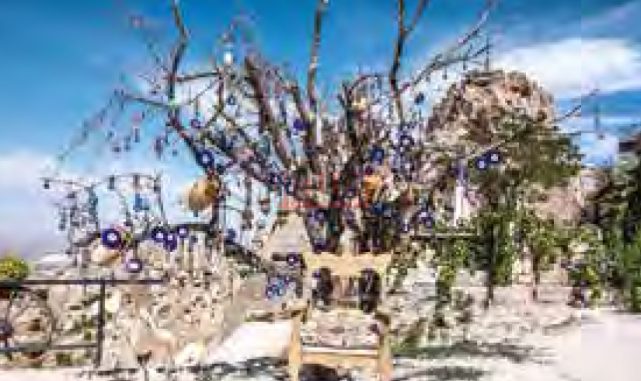
The towns of Nevsehir and Kayseri are the historical capital cities of the region, and now act as gateways to Cappadocia, which spreads out in great variation, and far, from the main Göreme-Uçhisar-Avanos ‘golden triangle’ of attractions. These two provincial capitals are very modern on the face of it, yet delve beneath just the surface or skirt the fringes and you’ll find many direct links to the past. This makes them well worth a visit in their own rights, as they offer finely traced glimpses into just how far the region has come, as well as where it’s heading. All around Cappadocia you’ll see a patchwork-like carpeted landscape that fades and glows subtly throughout the seasons. Look a little closer and you’ll notice the many valleys and craggy rock outcrops that are etched into the identity of the region.
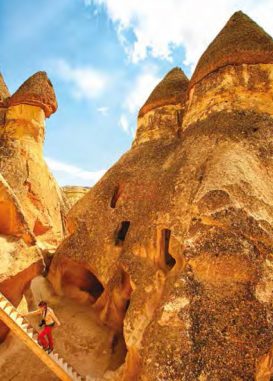
Like geographic arteries linking the various towns together, these valleys form an amazing network of natural wonder, and offer up some of the best and most surreal mountain biking and hiking there is and in attainable abundance. This is something that you will not find elsewhere in the world.
Although these valleys may seem arid, there are a number of underground water sources flowing throughout the region. The natural irrigation makes
their sheltered sides and floors very fertile, allowing them to be farmed, much as they have been for centuries. Despite its modern day reliance on
tourism and its UNESCO World Heritage preservation status, even the prime touristic real estate is deeply rooted in living reality, which is very
reassuring. Regular agriculture and traditional mainstays of the economy such as carpet weaving and ceramic production may well have become less prominent these days, but the growth of tourism as an economic forerunner has allowed them to transform and survive and even prosper on an artisanal level, a welldefined example of Cappadocia’s perennial adaptation.
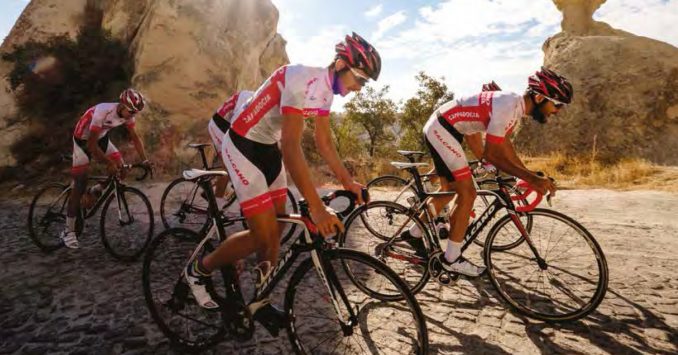
From its high-rise perch the hollowed-out rock castle of Uçhisar dominates the central skyline, while its winding and cobbled streets lead you through the pages of a partly written history book. From here you can hike or bike your way through the valleys to the other towns and prime sites of the region with the benefit of a bird’s eye view to start with. The numerous valleys are virtual mazes of the imagination, and take your breath away in so many ways. Their rock formations and surreal beauty are hard to comprehend at times. Even in the heat of the main tourist season you only need to walk a few minutes away from the towns and the ‘formatted’ sites and you will be in a world all of your own. ‘I sometimes get lost in the nature here, and it feels like there could not be stress in this part of the world,’ Abdullah mused, confirming what I myself have found in these valleys.
You can wander around for hours without ever being too far from the respite of a freshly squeezed orangejuice served by a one-man show operating from a cave. Stride a few steps more and you’ll probably stumble upon an ancient cave church. It really is hard to imagine just what went to pass here over the centuries, and what extreme labours of passion it took to not only carve out these structures, but also to craft a life from this remote landscape. Fairy chimneys are what the region is perhaps most defined by, and these towering natural structures rise up from many places around the area. Several have been transformed into houses and hotels, while others (such as those in Love Valley) simply stand hypnotically in huddled groups.
Taking a sunrise hot air balloon flight over Cappadocia is something of a rite of passage, and it offers a unique perspective. This includes sumptuous and tantalising glimpses of the awakening volcanic dome of the mighty Mount Erciyes, which dominates the distant horizon, and which is served with a deep snow coating during the winter months. Head out to one of the area’s underground cities to add a third layer of depth to your experience. Kaymaklı is perhaps the most intriguing of these subterranean marvels, and is guaranteed to leave you in bewilderment.
Be it above, beneath or on the ground, in the valleys, the towns or the caves of Cappadocia, you will find and learn things that will tug at your imagination and your heart; but, be warned — this is one place that really will hook you with bated fascination, and that will most likely lead to a return, or even several in my case.
Text and photographs: Steve Thomas
- Tags: Cappadocia, travel, Turkey
